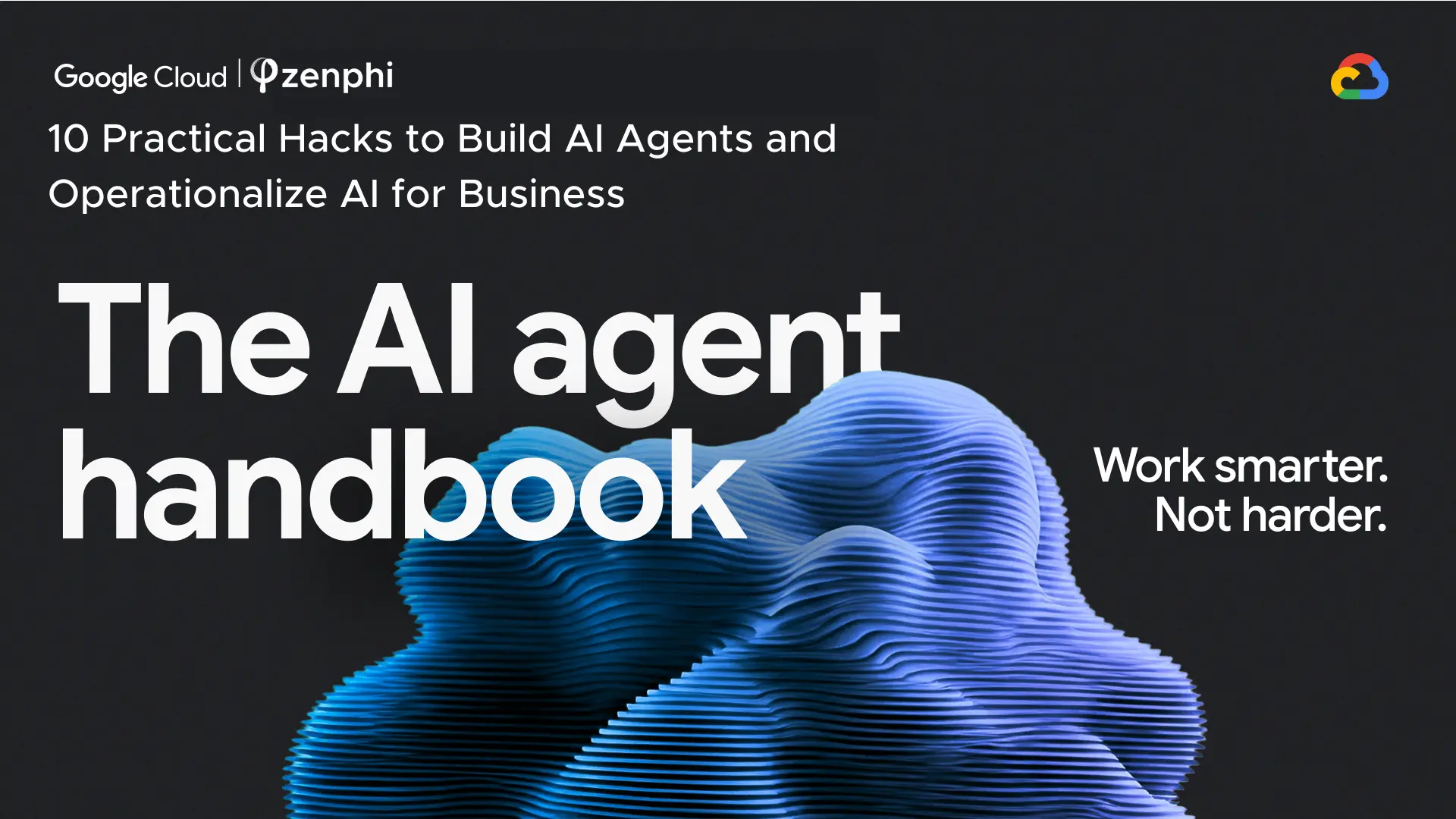In recent years, the healthcare industry has been undergoing a digital transformation. With the rapid advancement of technology, healthcare organizations are now looking for ways to streamline their processes and make their operations more efficient. No-code workflow automation is a solution that can help healthcare organizations achieve this goal. In this article, we will cover the fundamentals of no-code workflow automation and provide you with a straightforward guide on how to get started.

What is no-code workflow automation?
No-code workflow automation is a type of technology that allows businesses to automate their processes without the need for coding or technical expertise. It involves using a visual interface to create workflows and automate manual routine tasks, making it possible for even non-technical users to optimize their processes.
Why is no-code workflow automation essential in healthcare?
Healthcare organizations face unique challenges in their day-to-day operations, including a high volume of administrative tasks, regulatory requirements, and complex patient data. These challenges can lead to inefficiencies, errors, and prolonged turnaround times, which can negatively impact patient care.
No-code workflow automation can help healthcare organizations tackle these challenges by streamlining their processes, reducing the risk of human error, and improving the accuracy and speed of their operations. With no-code workflow automation, healthcare organizations can automate a wide range of tasks, including:
- patient registration;
- appointment scheduling;
- medical record management;
- regulatory compliance reporting;
- employee onboarding & offboarding;
- heath management reports;
- generating documents for patients and employees;
- billing
and more!
Benefits of no-code workflow automation in healthcare
There are numerous benefits of no-code process automation in healthcare, including:
- Improved efficiency: By automating manual tasks, healthcare organizations can reduce the time and effort required to complete tasks, leading to improved efficiency and productivity.
- Increased accuracy: No-code workflow automation reduces the risk of human error, which is a common cause of mistakes in healthcare operations. This can lead to improved accuracy and reduced risk of patient and financial losses.
- Better patient experience: No-code workflow automation can help healthcare organizations improve the patient experience by providing faster and more accurate services. This can lead to increased patient satisfaction and a better reputation for the healthcare organization.
- Better compliance: No-code workflow automation can help healthcare organizations stay compliant with regulatory requirements by automating tasks such as reporting and data management.
Examples of no-code workflow automation in healthcare
No-code workflow automation can be applied to a wide range of healthcare processes, including patient data management, appointment scheduling, and regulatory compliance reporting. Healthcare organizations often employ workflow automation in the following ways:
Patient Data Management
Healthcare organizations manage a large amount of patient data, which can be time-consuming and prone to errors. Workflow automation can help automate tasks such as patient record updates, appointment reminders, and test result notifications. By automating these tasks, healthcare organizations can improve the accuracy and speed of their operations and ensure that patients receive timely and accurate information.
Appointment Scheduling
Scheduling appointments is a critical process in healthcare, but it can be challenging to manage, especially with a large number of patients. Workflow automation can significantly enhance appointment scheduling by allowing patients to schedule appointments online and receive automatic reminders. This can reduce the workload of healthcare staff and provide a better patient experience.
Regulatory Compliance Reporting
Healthcare organizations face a multitude of regulations and reporting requirements. Workflow automation can come to the rescue, allowing organizations to automatically collect, organize, and generate reports from data. This can reduce the workload of healthcare staff and ensure that the organization stays compliant with regulatory requirements.
Claims Management
Claims management is an essential process in healthcare organizations, but it can be labor-intensive and complicated. Workflow automation can help streamline claims management by processing claims faster and providing real-time updates to healthcare staff. This can significantly reduce the workload and improve the accuracy and efficiency of claims processing.
How to start with no-code workflow automation in healthcare?
If you’re inspired to try no-code workflow automation by now, here are some steps to help you get started:
1. Identify the Processes to Automate
The first step is to identify the processes that are most suitable for automation. For example, this could include some of the processes we outlined in the previous part of the article. Alternatively, you can survey staff to identify which processes are most time-consuming and inefficient. However, when you’re just starting out with automation, we recommend beginning with a few small processes to gain experience.
2. Map Out the Workflow
Once you have identified the processes to automate, the next step is to map out the workflow. This includes defining all the steps of the process as precisely as possible and how they are connected, including the event that starts your workflow, all the possible conditional paths, and places where human input is required. Make sure to involve stakeholders in creating the process map to ensure that the workflow is optimized for the specific needs of your organization.
3. Choose a No-Code Workflow Automation Platform
When selecting the right no-code platform for your needs, it is important to take into account a variety of different factors, such as ease of use, pricing, customer support, security compliance, and the ability to integrate with your current ecosystem and the tools you regularly use. There is a broad range of no-code platforms available on the market, each of which offers a unique set of features, and varying in price and niche. Before committing to a platform, it is important to assess the features and benefits that it offers and compare them to your own requirements.
4. Test and Refine the Workflow
Before deploying the workflow, it’s important to test and refine it. This involves running the workflow through different scenarios to ensure that it performs as expected. You can also collect feedback from stakeholders and make any necessary adjustments to optimize the workflow.
5. Deploy and Monitor the Workflow
Once the workflow has been tested and refined, it can be deployed. It’s important to monitor the performance of the workflow to ensure that it is delivering the desired results. You can use analytics and reporting tools to track key metrics such as efficiency, accuracy, and patient satisfaction.
No-code automation in healthcare for Google Workspace users
If you have already used, or are considering using, Google Workspace for your healthcare organization, you are likely aware of the great benefits it offers. It provides powerful collaboration tools to help stay on top of the operations, including Sheets, Forms, and Docs. Healthcare organizations can manage patient information, appointments, and billing while collaborating with colleagues in real-time. In addition, Google Workspace’s secure and HIPAA-compliant platform ensures that sensitive patient data is protected and confidential.
Furthermore, with tools like zenphi, you can supercharge your Google Workspace and make the most of no-code workflow automation. With zenphi, healthcare providers have the power to automate a wide range of tasks, from patient intake to claims processing and more, all without needing to write any code. Zenphi integrates seamlessly with Google Workspace, including Google Sheets, Docs, Forms, and Gmail, allowing healthcare organizations to leverage these powerful tools in their workflow automation processes.

Zenphi also offers a variety of pre-built templates and integrations with other tools like Jira, Asana, DocuSign, and more, to help healthcare organizations get up and running quickly. With its user-friendly interface, robust testing and reporting features, and HIPAA compliance, zenphi is the perfect solution for healthcare organizations looking to improve their workflow efficiency while ensuring the privacy and security of their patient data.
Start your 14-days free trial.
Conclusion
No-code workflow automation is a powerful tool that can help healthcare organizations improve their operations and deliver better patient care. By automating manual tasks, reducing errors, and improving the accuracy and speed of their operations, no-code process automation can help healthcare organizations achieve their goals and transform the way they work. And if you’re a Google Workspace user looking to simplify processes in your organization, then zenphi is a must. Book a demo with the zenphi success team to learn more!


